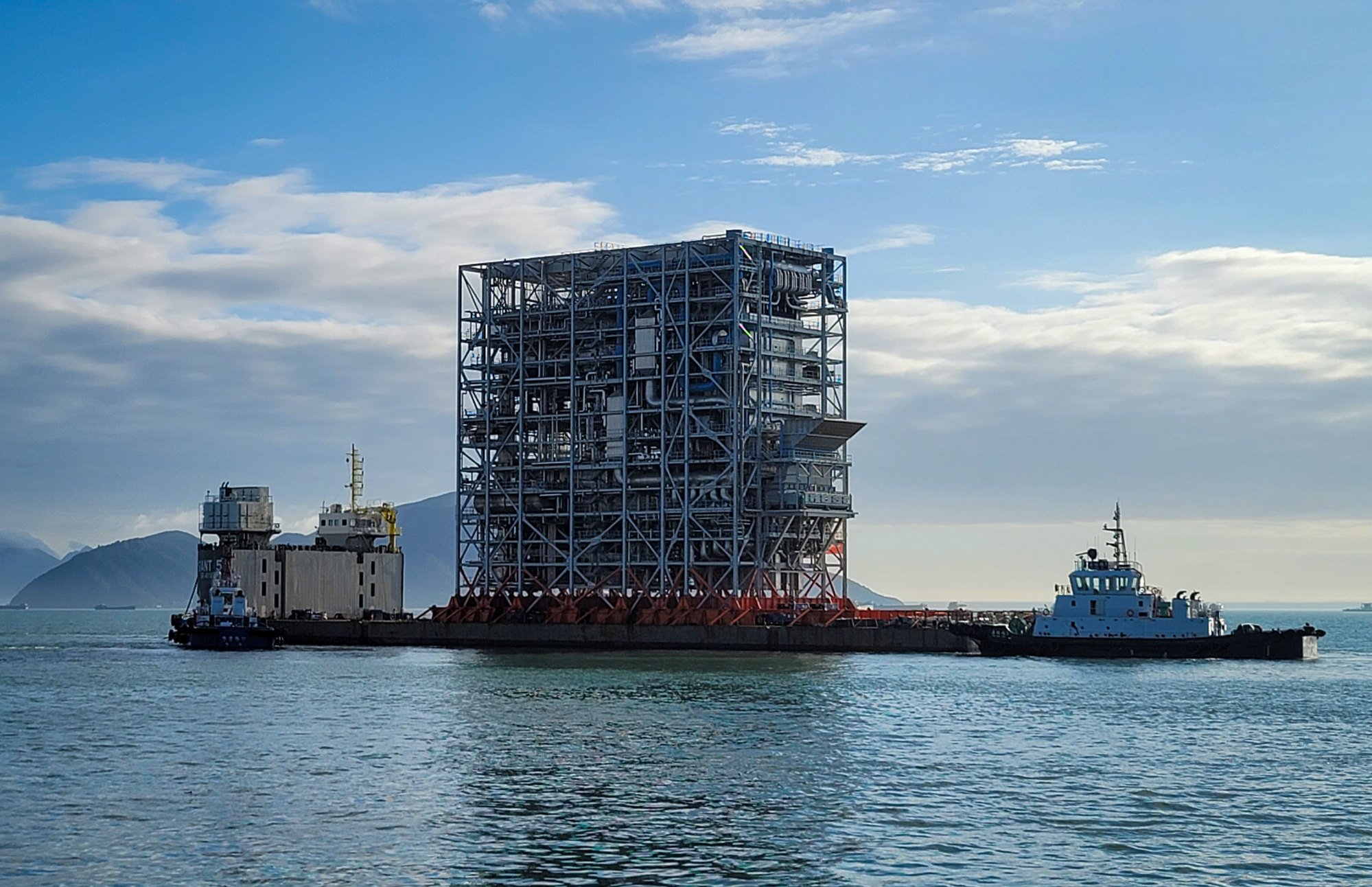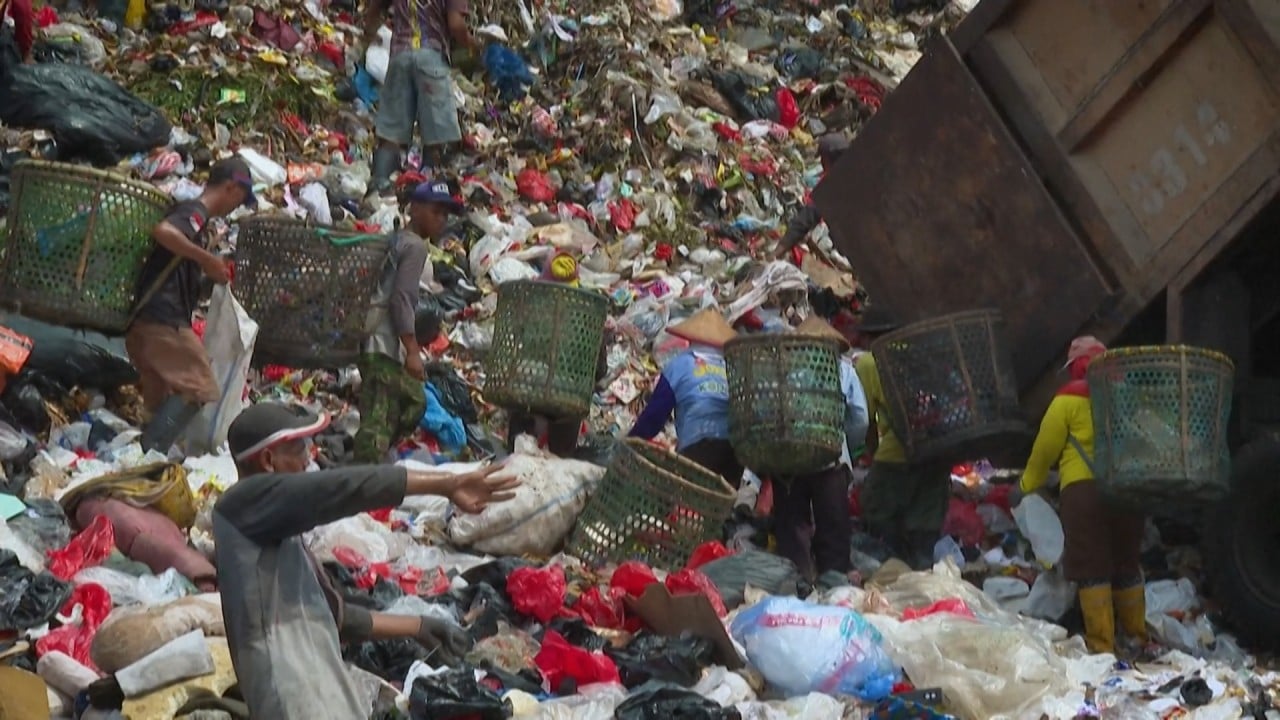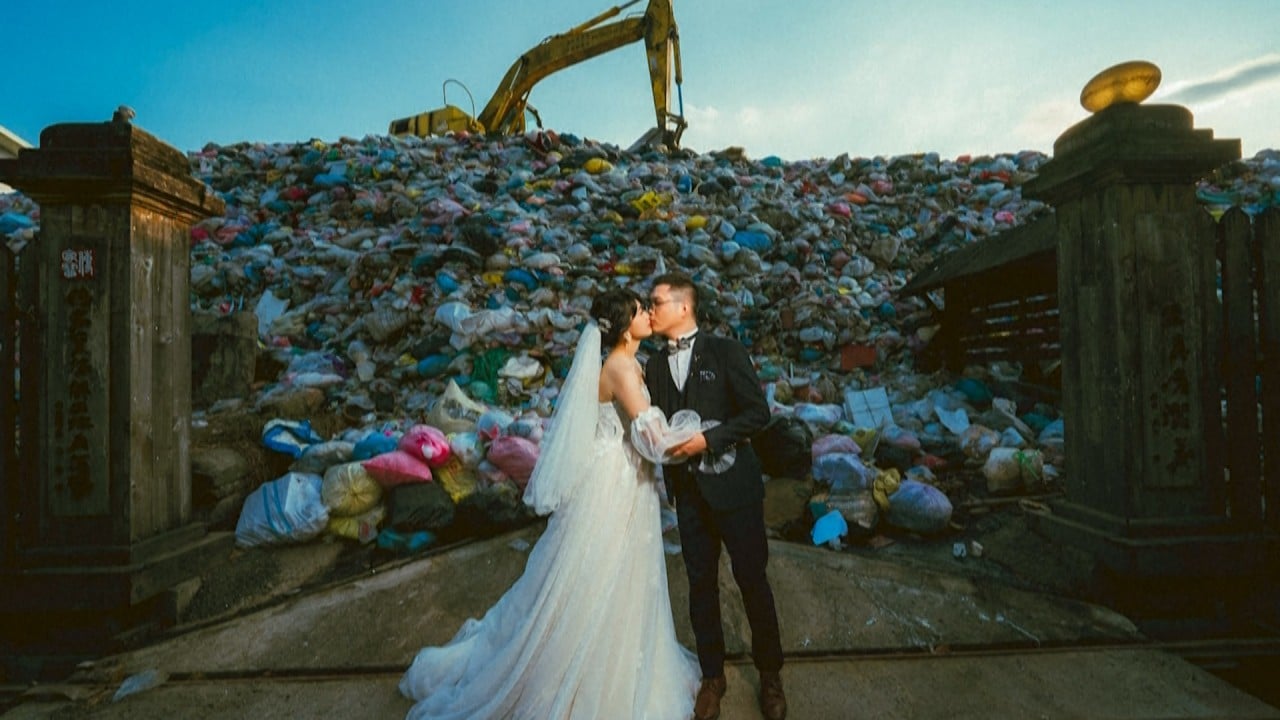
13 Mar Hong Kong’s waste problem demands opening market to investment, circular-economy models: China Everbright Environment
Hong Kong should open its environment-protection market further and introduce circular waste-treatment models, according to China Everbright Environment Group, the world’s largest waste-to-energy project developer.
The city is too reliant on landfills, and the government expects the existing ones to be full by 2026 – just a year after the scheduled commissioning of the city’s first waste-to-energy incinerator, said Hu Yanguo, vice-president at the Hong Kong-listed company, which is part of state-owned China Everbright Group.
“Hong Kong has primarily relied on landfilling, resulting in it becoming the city’s third largest source of greenhouse-gas emissions,” he said. “While the first incinerator is under construction, the existing plan and progress will not be able to meet demand.”
To reach its zero-landfill aspiration, the government should further open the local environment-protection market and introduce more advanced technology and solid-waste treatment models to attract more companies in the Greater Bay Area to make green investments in Hong Kong, he said.

On an average day, 1.51kg of waste goes to landfills per day per resident in Hong Kong, based on 2022 data from the Environmental Protection Department (EPD). This compares with 0.94kg in Seoul and 0.4kg in Taipei in 2018, according to a 2021 City University of Hong Kong research paper. Those cities implemented municipal waste-charging schemes in 1995 and 2000, respectively, resulting in 50 per cent improvement in recycling rates, the paper said.
Hong Kong’s first waste-to-energy incinerator, in Shek Kwu Chau south of Lantau Island, will have 3,000 tonnes of daily processing capacity and will generate electricity to supply 100,000 households annually. The government plans to have a second incinerator by the early 2030s.
In 2022, Hong Kong produced 15,725 tonnes of solid waste per day, roughly equal to the take-off weight of 68 Boeing 787-8 Dreamliner aircraft, according to the EPD.
Some 68 per cent was sent to landfills, and the rest recovered. Around 78 per cent of the collected waste was sent outside the city for recycling and the rest done locally. This means that just 7 per cent of waste was recycled within the city, mostly plastics, metals and food waste.
In Europe, incineration accounts for 27 per cent of waste treatment by volume, and recycling makes up the bulk of the remainder, he said. In Japan, 80 per cent of waste is incinerated, compared with 70 per cent in mainland China.
Hong Kong should also consider an “industry park” style development model, where processing plants for different kinds of waste – solid, food and sewage sludge – are sited together, he added. This maximises reutilisation of steam, water and methane to meet industrial and residential energy needs and reduce fossil-fuel use.
“Centralised project development can also result in savings on land resources, construction and operating costs,” he said.
Hu cited the example of a circular economy industry park in Sanya, Hainan province. Spanning 2 sq km, eight waste treatment projects have been built on an investment of 2 billion yuan (US$279 million), while 27 others are being built or planned.
The government will adopt open tendering for the city’s second incinerator, and major developers from the mainland and overseas were invited to participate in a “market sounding exercise” last year, with a view to bringing in more competition and advanced technology, an EPD spokeswoman said.
A “pre-qualified” tendering procedure was used for the first incinerator. A joint venture between Singapore’s Keppel Infrastructure and Beijing-based China Harbour Engineering was awarded the HK$31 billion (US$4 billion) contract in 2017.
The second plant will have a capacity of 6,000 tonnes a day. But the 0.18 sq km Tsang Tsui site in northwest New Territories can only accommodate the incineration facilities and supporting infrastructure, the spokeswoman said.
“The government will continue to explore suitable opportunities brought about by the development of the Greater Bay Area on ‘Zero Waste City’ cooperation,” she added, referring to Beijing’s strategy that promotes circular-economy practices nationwide.


